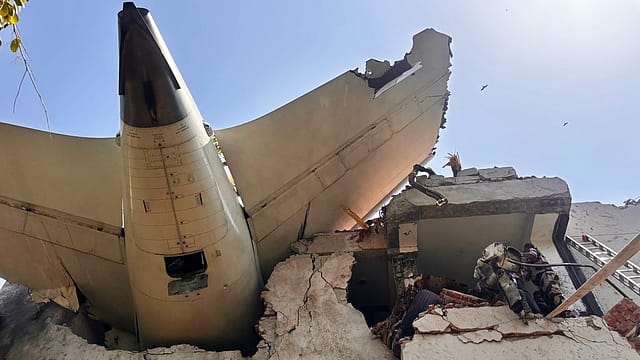DGCA mandates fuel switch inspections on Boeing jets after Air India Flight 171 crash probe flags risk
ADVERTISEMENT

The Directorate General of Civil Aviation (DGCA) has issued an advisory to Indian airlines operating specific Boeing aircraft models, instructing them to conduct mandatory inspections of the fuel control switch locking mechanism. This follows a Special Airworthiness Information Bulletin (SAIB) issued by the U.S. Federal Aviation Administration (FAA), warning of the potential disengagement of the fuel control switch locking feature across a range of Boeing aircraft.
“It has come to the notice of DGCA, that several operators - internationally as well as domestic have initiated inspection on their aircraft fleet as per the SAIB NM-18-33 dated 17th December 2018. In the view of above all airline operators of the affected aircraft are hereby advised to complete the inspection required under SAIB Number: NM-18-33, dated 17th December 2018, no later than 21st July 2025,” DGCA said in a statement today.
The advisory, issued in line with SAIB No. NM-18-33 dated 17 December 2018, applies to Boeing aircraft including the 717, 737 (various models), 747, 757, 767, 787 series, and certain McDonnell Douglas aircraft. As stated by DGCA, Indian carriers have been asked to complete the inspections by 21 July 2025 and submit a report to the civil aviation regulator.
December 2025
The annual Fortune 500 India list, the definitive compendium of corporate performance, is out. This year, the cumulative revenue of the Fortune 500 India companies has breached $2 trillion for the first time. Plus, find out which are the Best B-schools in India.
DGCA’s advisory comes on the wake of continued efforts by Indian authorities to investigate the tragic crash of the Air India Flight 171, a Boeing 787, which resulted in the deaths of 260 people — including 19 on the ground — after the aircraft lost engine thrust shortly after takeoff from Ahmedabad on June 12. Preliminary findings from the Aircraft Accident Investigation Bureau (AAIB) suggested that both engines stopped receiving fuel because the switches controlling fuel flow had moved into the “cutoff” position early in the flight.
The cockpit voice recorder reportedly captured a conversation between the pilots in which one asked the other why the switches were in the cutoff position — a change neither claimed to have made. The FAA's 2018 bulletin had warned of the possibility that the locking feature meant to prevent unintentional disengagement of the fuel control switch might fail on certain Boeing aircraft, potentially allowing accidental cutoff of fuel to the engines.
While the FAA bulletin is non-mandatory, Indian regulations under Civil Aviation Requirement (CAR) M-M.A.301 require airline operators to act on such safety information. The DGCA’s directive ensures that Indian-registered aircraft falling under the scope of the SAIB undergo timely checks to prevent any recurrence.
“Strict adherence to the timeline is essential to ensure continued airworthiness and safety of operations,” DGCA noted.
DGCA’s move also underscores the broader efforts by Indian aviation authorities to tighten safety protocols and bring greater oversight to airline operations following what is being termed the country’s worst aviation disaster in recent history.
